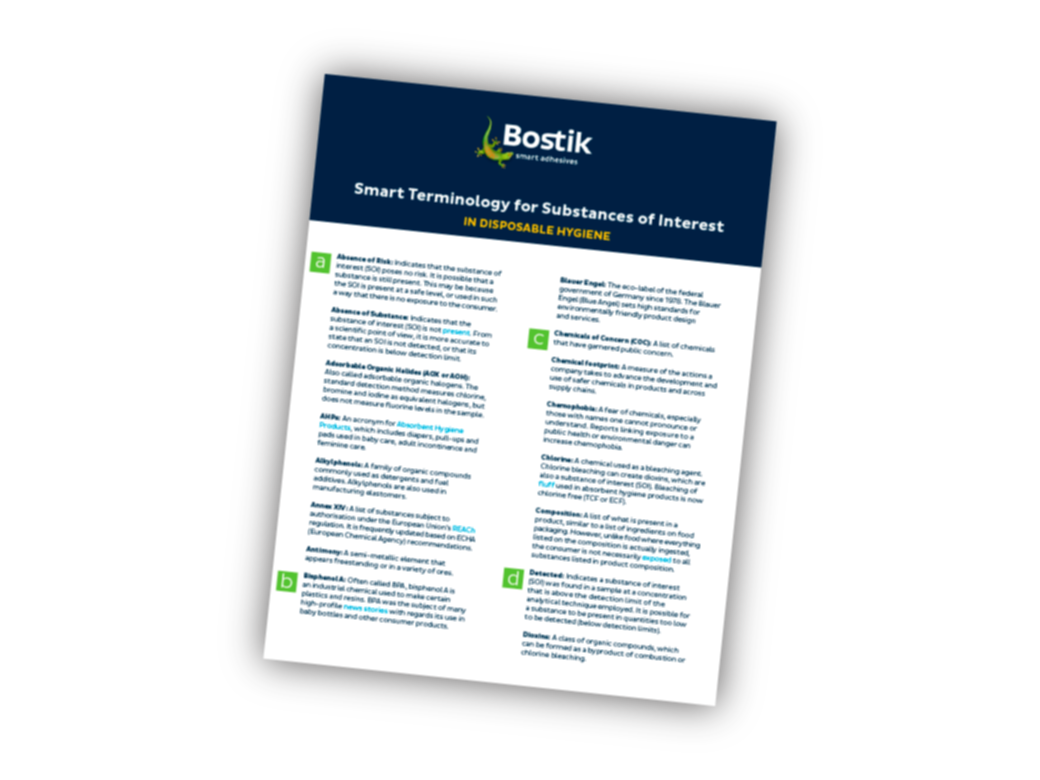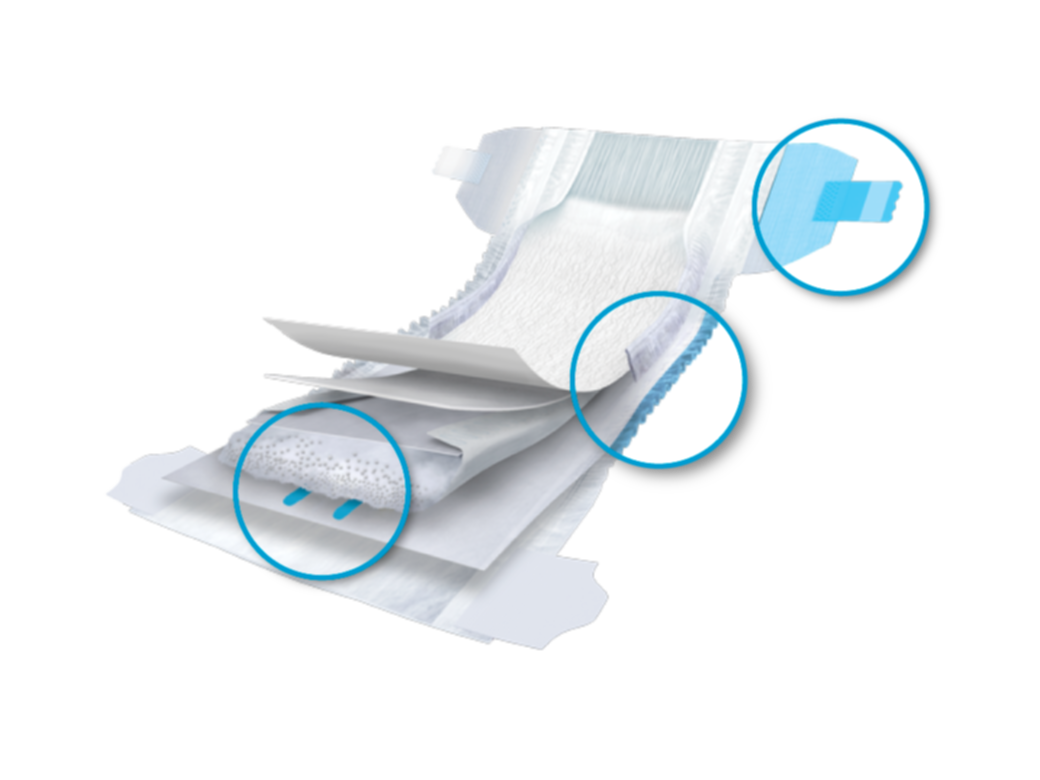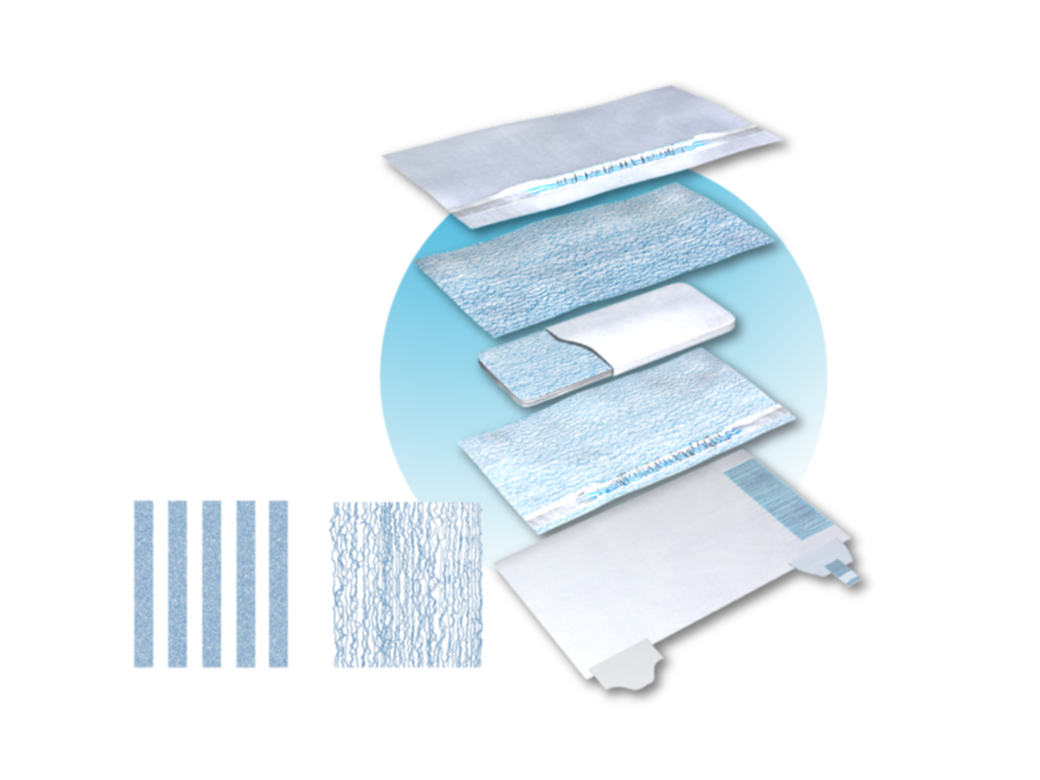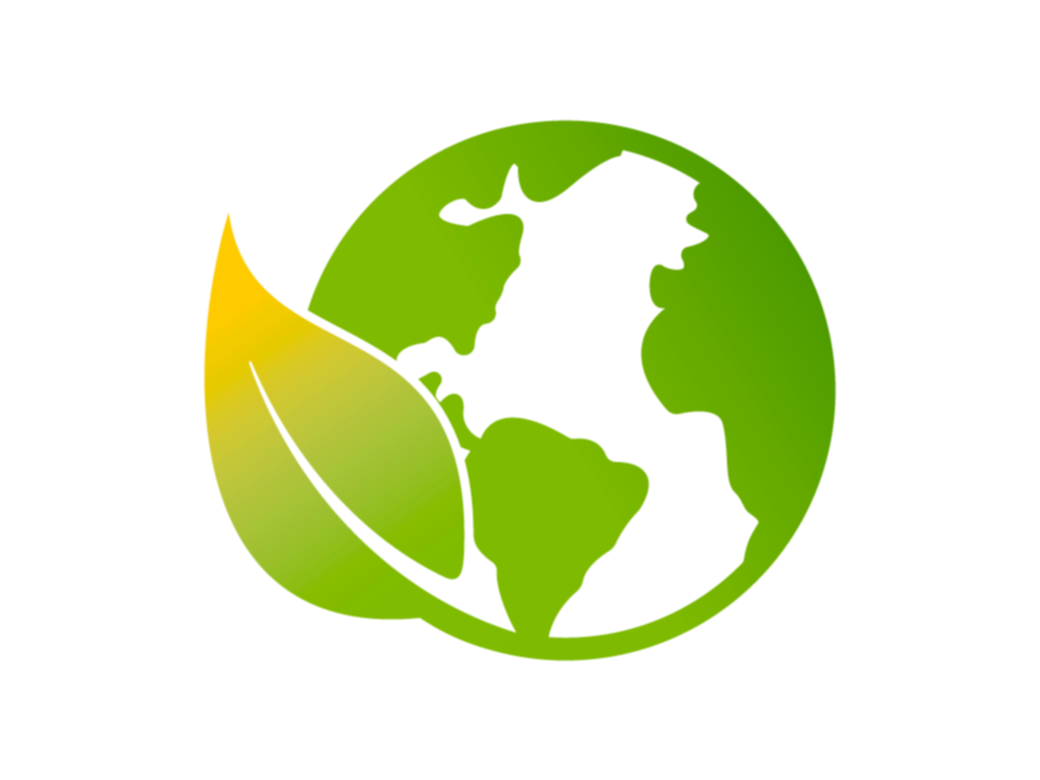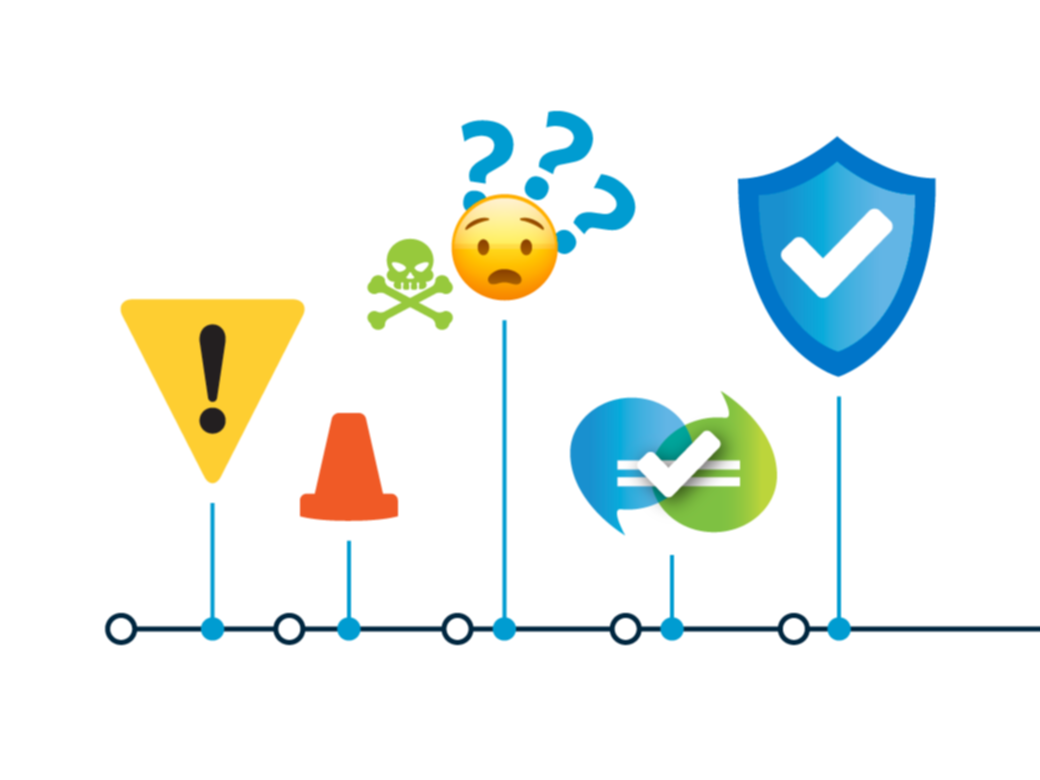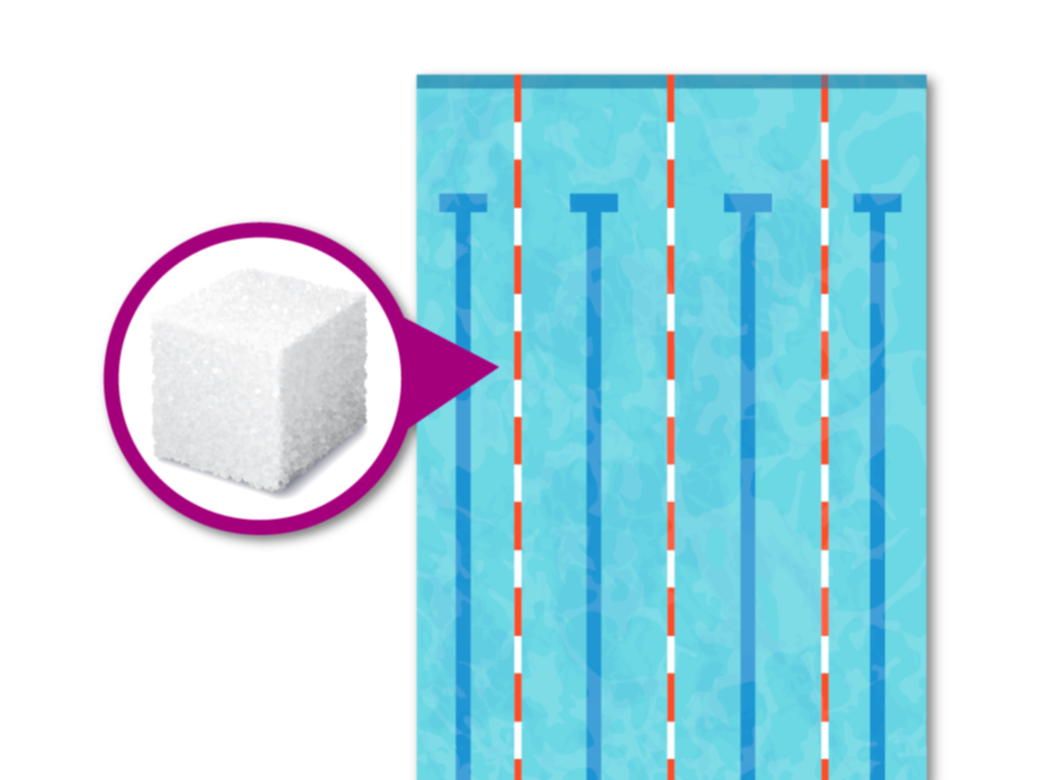Do diapers have chemicals in them?
As a smart consumer, you want to know more about what’s in the products you use in your daily life. We understand. We feel the same way. Disposable diapers … feminine hygiene articles … our Bostik team members, scientists, and experts are consumers of the same types of products. The safety of these absorbent items impacts us all.
Information, emotion, transparency, and the media
You’re not the only ones asking questions. When non-governmental organisations (NGOs) run tests and news outlets fully inform the public, we approve. Unfortunately, scare tactics and half-stories are often used to grab attention. Imagine if an online headline read, “Chemicals found at entirely safe levels!” Who would click? (Besides, scientists rarely give absolute answers like this anyway.)
Instead, we see articles warning about “dangerous chemicals” and omitting the details. For some, the mere mention of chemicals can generate fear. Chemistry is complicated, and that can be intimidating. Think of the old adage: We fear what we don’t understand. The truth is, fear—or the lack of it—influences how we hear information and think about it. Fear is the difference between gut reactions and informed decisions. That’s why we at Bostik believe in transparency paired with clarity.
Bringing clarity to the term “chemicals” in disposable hygiene
When someone asks, “Are there chemicals in diapers?” our first reaction could be to say “Of course, everything is chemical,” and that is true. But let’s face it, the main reason they are asking is because there is a general assumption that “chemicals” means a man-made substance that is harmful. So we have to first answer a more basic question: “What is a chemical?” From there, we can move on to questions about what’s dangerous and what is not. And finally to the question of “What is in a diaper?”
Here are three important points to keep in mind:
- Everything is made of chemicals. All matter (well, excluding sub-atomic particles) consists entirely of chemicals. Chemicals can be “elements,” such as iron used for tools, or “substances,” such as water or vanillin used in baking birthday cakes, or “polymers” such as cellulose in wood or polyethylene. That means 100% of food and medications are chemicals. So are our bodies, our clothes, and every object we come in contact with every day. In that sense, there is no such thing as a “chemical-free lifestyle.” When people say that, in fact what they mean is a lifestyle free of synthetic, man-made chemicals. Which brings us to our second important point.
- “Natural” is not automatically good, and “synthetic” is not automatically bad. Water is good, but nature is full of substances such as cyanide, strychnine, and arsenic, all of which can be considered as poisons. Synthetic chemistry brought us many substances that are considered toxic but also thousands of inert materials that changed our life. When chemists look at a natural occurring molecule and try to replicate it, they can create a synthetic replica that is equivalent in all aspects, sometimes even purer. There is no reason to think that a natural product is good for your health based solely on its origin. Which brings us to our last point: toxicity.
- The important thing is the dose (or exposure). No chemicals are toxic; there are only toxic doses. That is, no chemical is automatically safe or dangerous. Water, for example, is vital for all of us. Even so, consuming too much water can cause overhydration, leading to illness or death. Similarly, vitamins, medications, and foods may be toxic at higher doses. Think in terms of exposure scenarios: How am I exposed to the substance (ingestion, breathing, contact with skin, or not at all), how often (continuously, once a day, never), and at what dosage.
Now, back to what’s in a diaper
We’ve already said that diapers contain chemicals, because everything is chemical. Now, let’s dive a little deeper.
We ask a lot of the modern disposable diaper or pad. Their design and the materials and methods used to produce them have changed over the years. This evolution is driven by advancements in technology and the shifting needs and expectations of consumers. To meet these many demands, disposable diapers are indeed composed of a variety of synthetic components together with some naturally occurring materials. So, yes, there are chemicals in diapers, in the sense that there are synthetic materials. The diaper and its many parts are constantly tested to ensure that they are safe for their intended use
Important take-aways about chemicals and disposable diapers
Being consumers ourselves, we understand how important it is to know what’s in the products we use. The information you need to educate yourself regarding substances of interest in products is at your fingertips. But remember:
- Don’t be scared by the word “chemical.”
- Ask the right questions, and understand what the media is—and is not—telling you.
- You should use disposable diapers with confidence.
With these points in mind, it’s easier to make informed decisions about diapers and the other products you rely on every day.
CODE: SOI-21A03

